The kitchen is the heart of the home—a space where culinary creativity flourishes, memories are made, and connections are nurtured. As such, the design of the kitchen plays a pivotal role in shaping the functionality, aesthetics, and atmosphere of this essential space. In this comprehensive guide, we delve into the world of kitchen design, exploring layout considerations, style inspirations, and innovative trends to create a culinary haven that reflects your lifestyle and inspires your passion for cooking.

Section 1: Formulating Functional Foundations
1.1 Understanding Kitchen Layouts: Before diving into the design process, it’s crucial to understand the different kitchen layouts and their respective advantages. Explore popular layouts such as the galley, L-shaped, U-shaped, and open-concept kitchens, and consider factors such as space constraints, traffic flow, and workflow efficiency when selecting the optimal layout for your home.
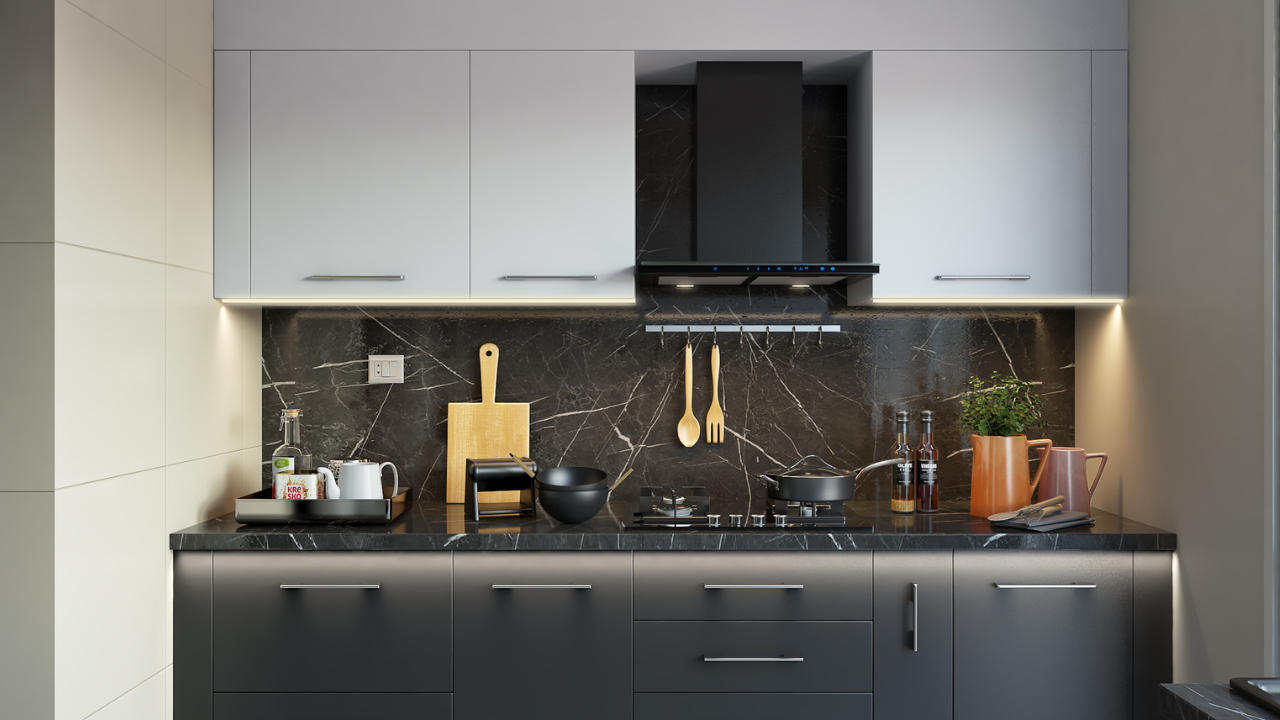
1.2 Maximizing Storage Solutions: Storage is a key consideration in kitchen design, and incorporating efficient storage solutions can help maximize space and minimize clutter. Explore options such as pull-out pantry shelves, deep drawers, and vertical storage solutions to optimize storage capacity and keep essentials organized and accessible.

1.3 Focusing on Workflow and Ergonomics: A well-designed kitchen prioritizes workflow and ergonomics to enhance efficiency and comfort during food preparation and cooking. Consider the kitchen work triangle—comprised of the sink, refrigerator, and cooktop—and ensure that these elements are strategically positioned to facilitate seamless movement and minimize unnecessary steps.
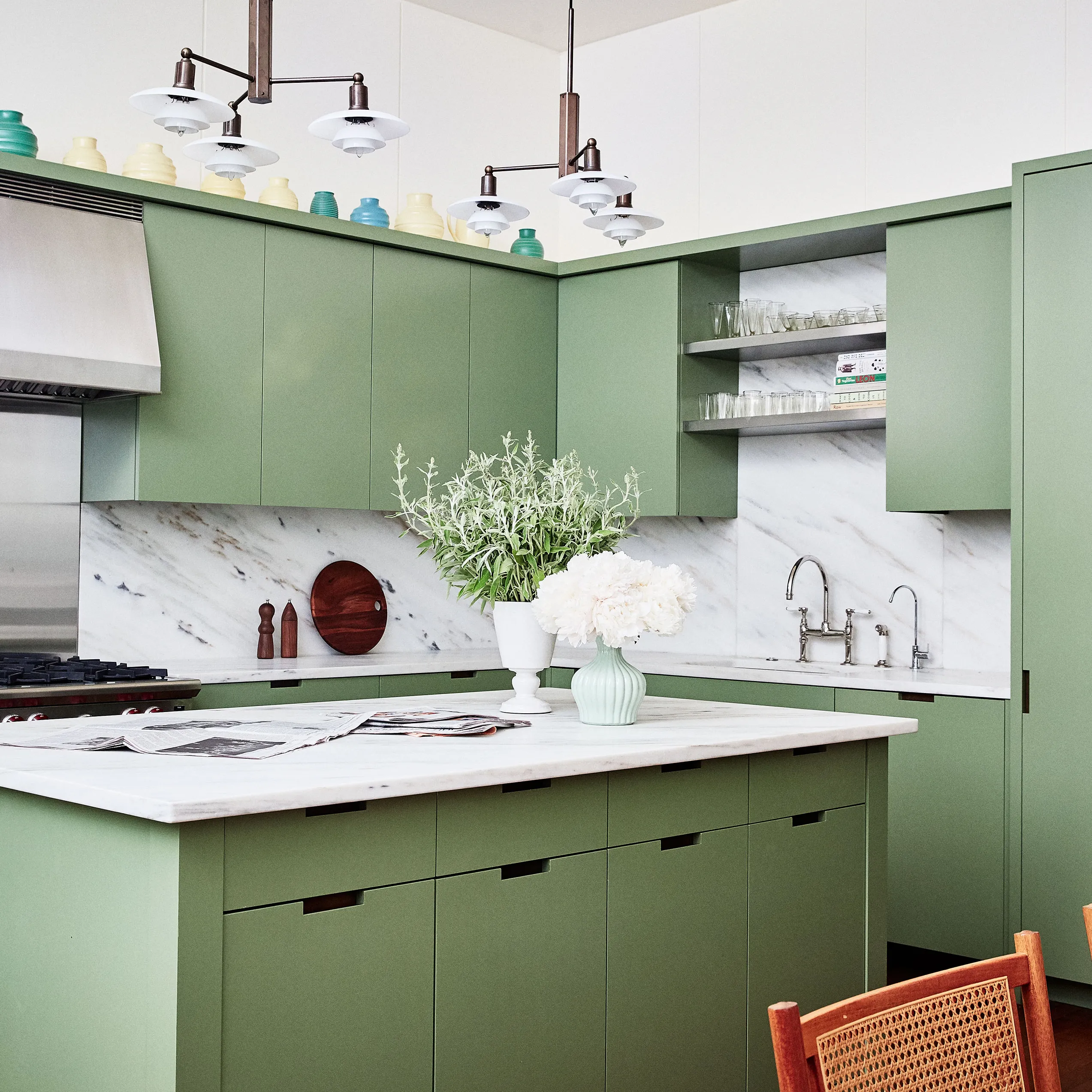
Section 2: Embracing Aesthetic Inspirations
2.1 Exploring Kitchen Design Styles: From sleek and contemporary to rustic and farmhouse-inspired, there are countless design styles to choose from when designing your dream kitchen. Explore popular styles such as modern, traditional, transitional, and industrial, and identify the elements that resonate with your personal taste and lifestyle preferences.
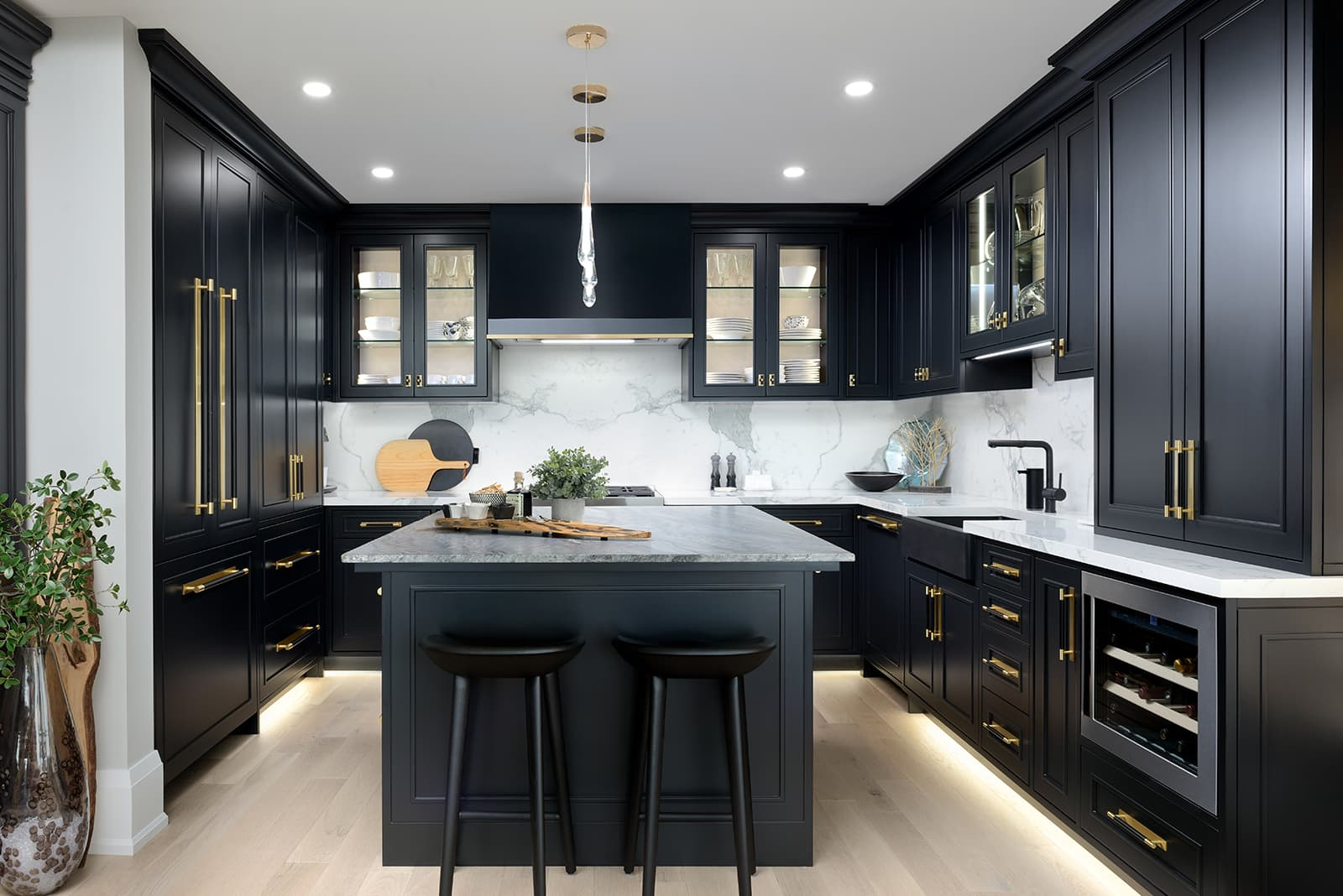
2.2 Infusing Personality with Color and Materials: Color and materials play a significant role in defining the aesthetic appeal of the kitchen. Explore a spectrum of colors—from timeless neutrals to bold statement hues—and experiment with materials such as wood, stone, metal, and glass to create a cohesive and visually striking design palette that reflects your personality and style.
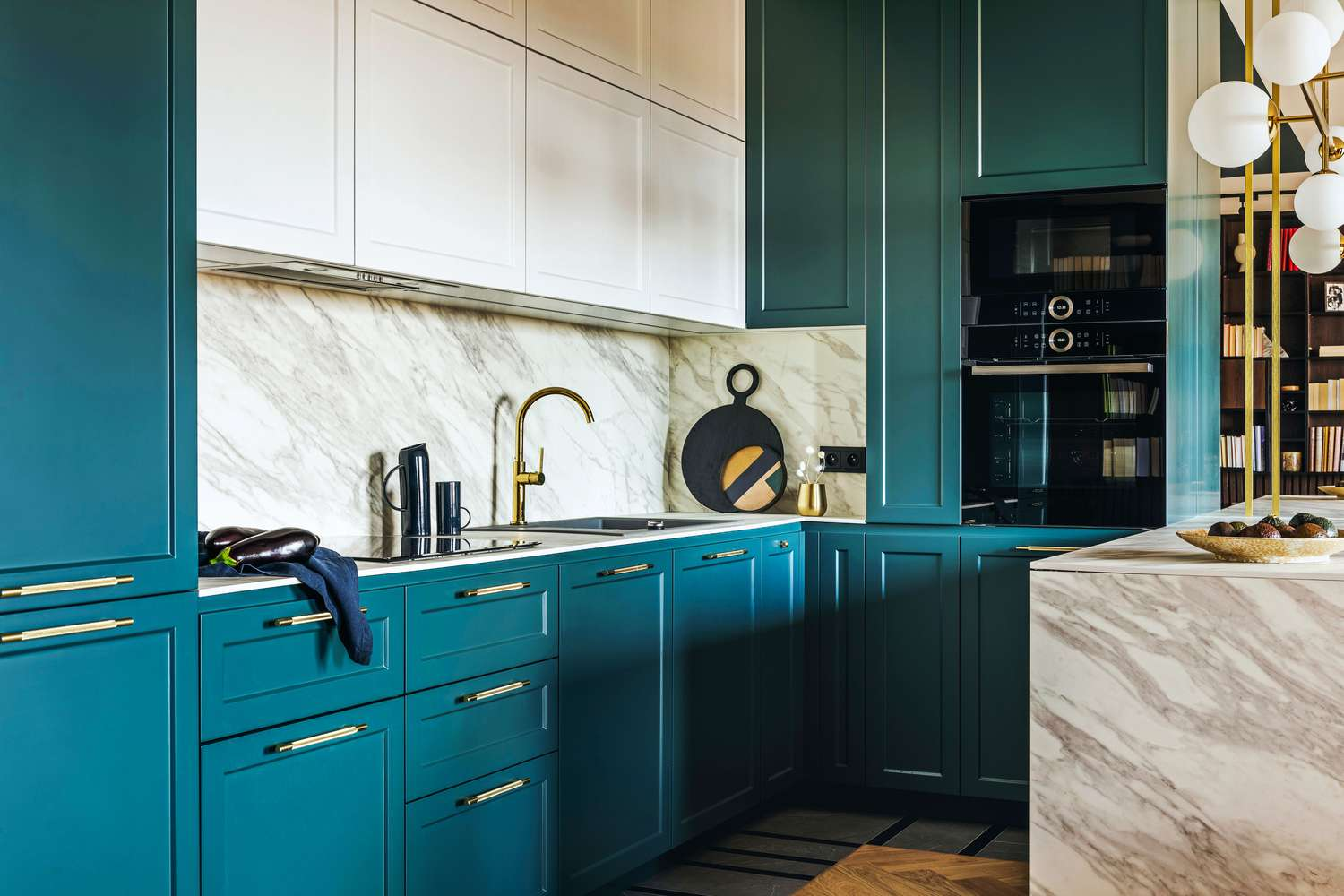
2.3 Creating Visual Interest with Texture and Contrast: Texture and contrast add depth and dimension to kitchen design, creating visual interest and enhancing the overall ambiance of the space. Incorporate elements such as textured backsplashes, patterned tile floors, and contrasting cabinetry finishes to infuse your kitchen with character and sophistication.
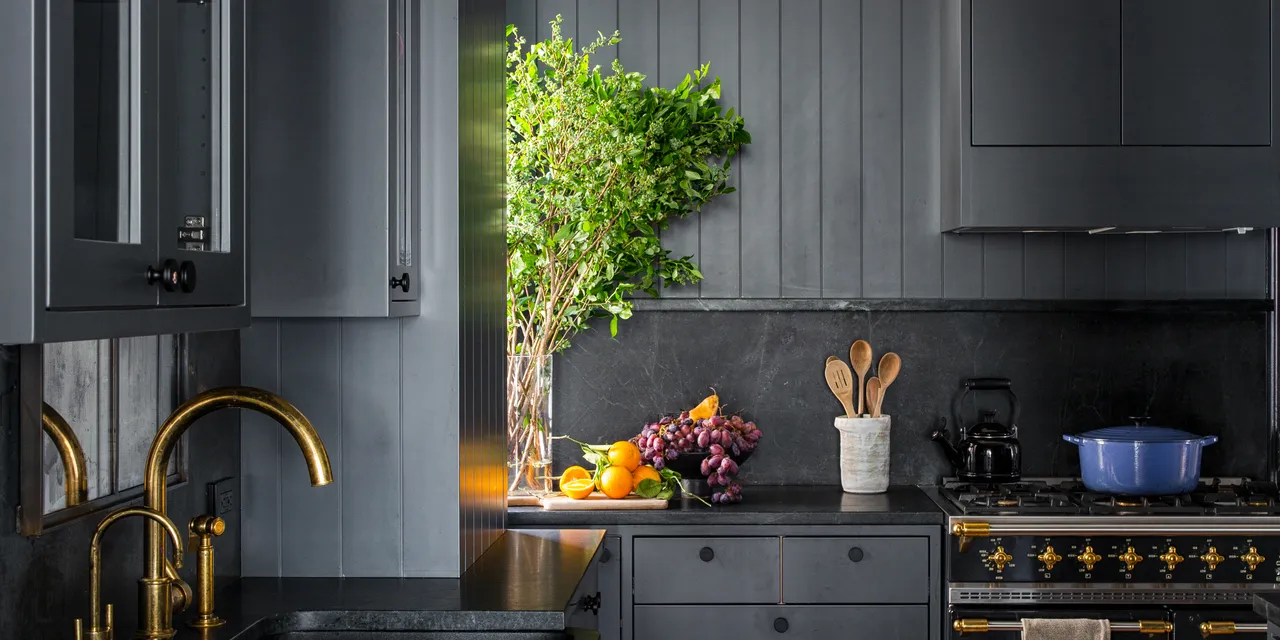
Section 3: Innovating with Modern Trends
3.1 Embracing Smart Technology: Modern kitchens are increasingly incorporating smart technology to enhance functionality, convenience, and energy efficiency. Explore innovations such as smart appliances, touchless faucets, and integrated home automation systems that streamline tasks and elevate the kitchen experience to new heights.
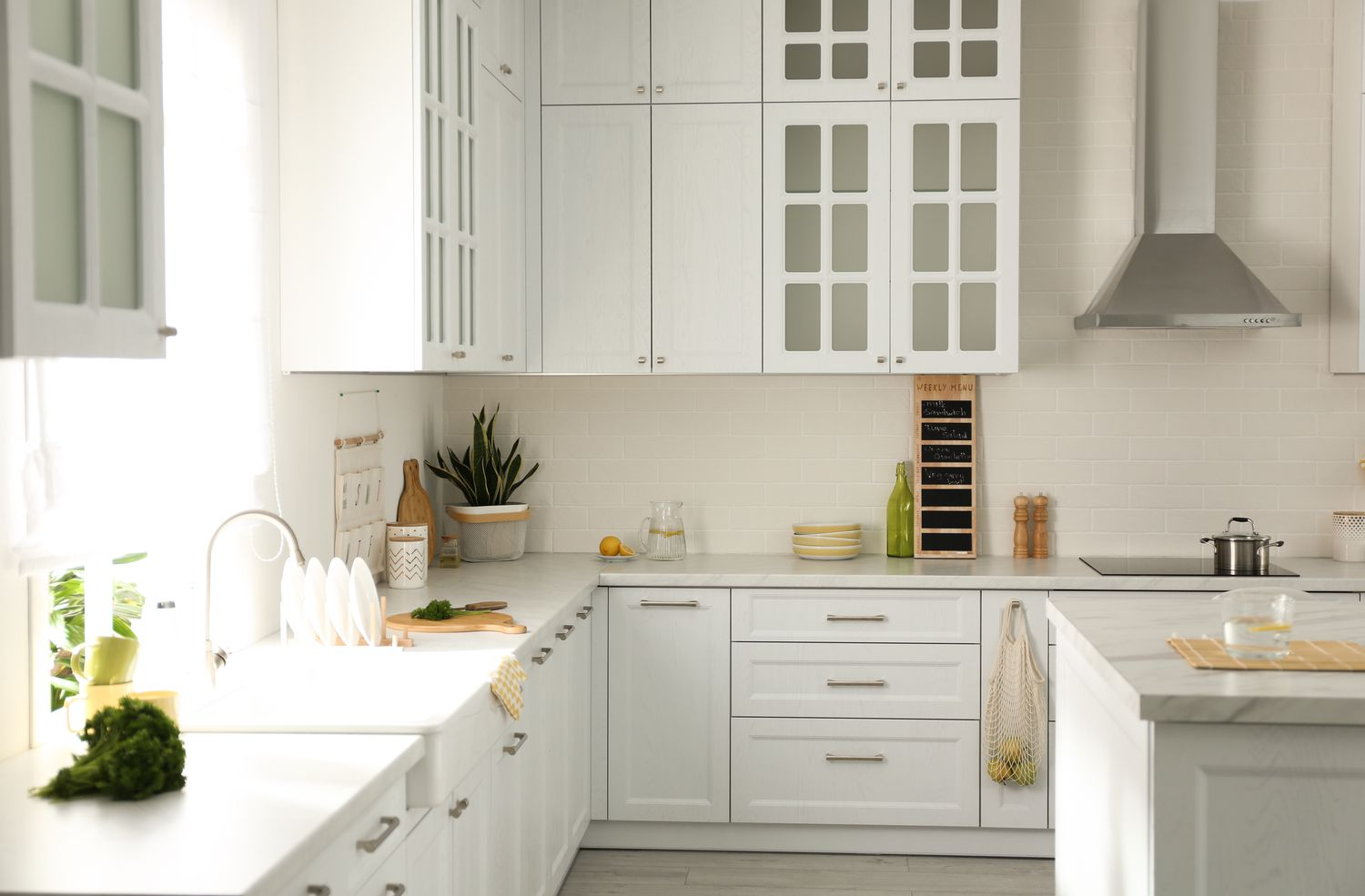
3.2 Optimizing Multifunctional Spaces: As the kitchen evolves into a multifunctional hub for cooking, dining, and socializing, designers are embracing versatile design solutions to accommodate diverse needs and lifestyles. Explore concepts such as kitchen islands with integrated seating, flexible dining areas, and compact workstations that maximize space and adaptability.

3.3 Sustainable and Eco-Friendly Design: With a growing focus on sustainability and environmental responsibility, eco-friendly design principles are gaining prominence in kitchen design. Explore options such as energy-efficient appliances, eco-friendly materials, and water-saving fixtures that minimize environmental impact and promote sustainable living practices.
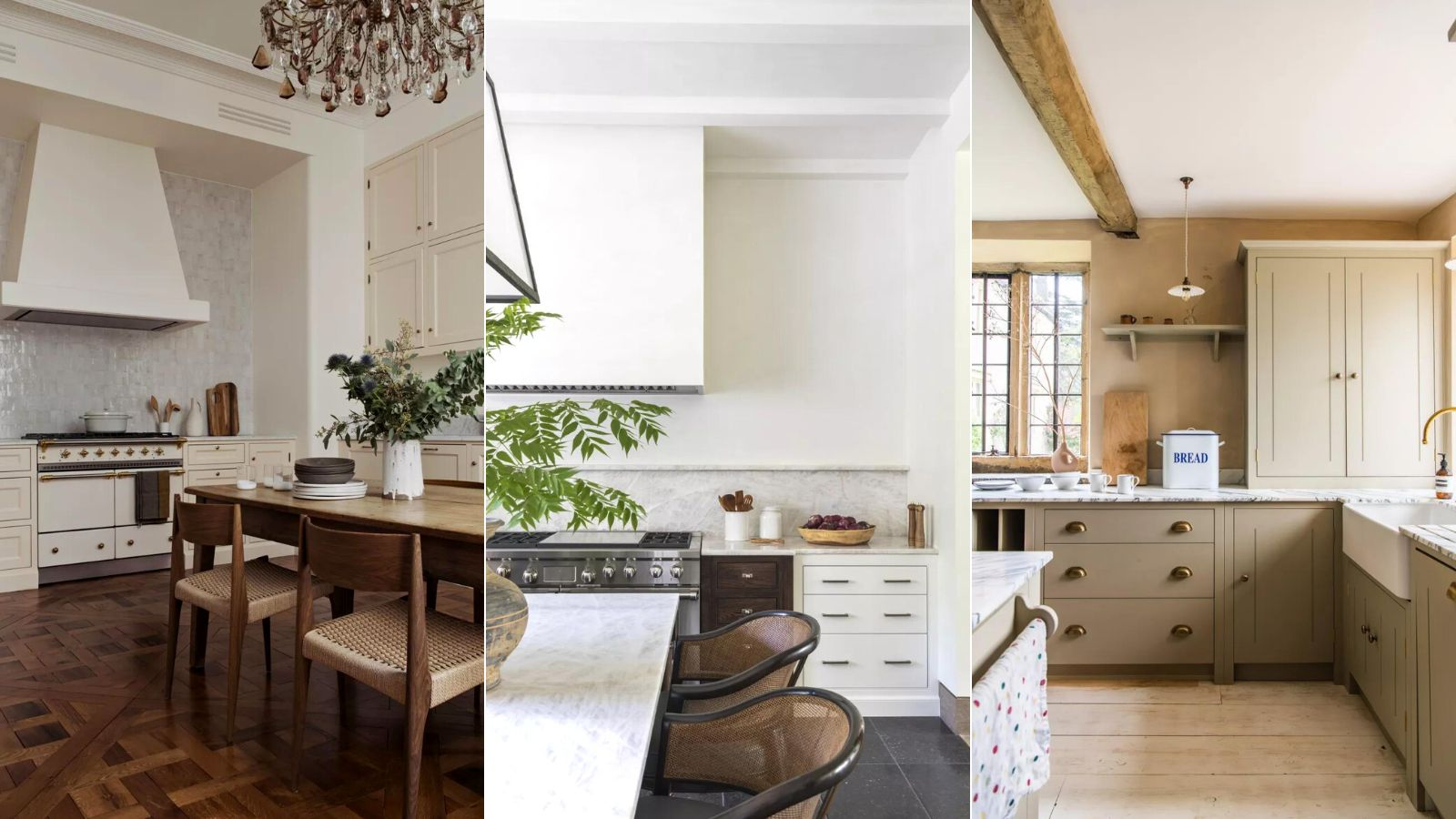
Section 4: Personalizing Your Culinary Haven
4.1 Tailoring the Kitchen to Your Lifestyle: A well-designed kitchen should be a reflection of your lifestyle, preferences, and culinary aspirations. Consider factors such as cooking habits, entertaining style, and family dynamics when customizing your kitchen layout, features, and amenities to create a space that caters to your unique needs and enhances your daily life.

4.2 Incorporating Personal Touches and Sentimental Accents: Infuse your kitchen with personality and warmth by incorporating personal touches and sentimental accents that tell your story and create a sense of connection and belonging. Display cherished heirlooms, family photographs, and meaningful artwork to add character and charm to your culinary haven.
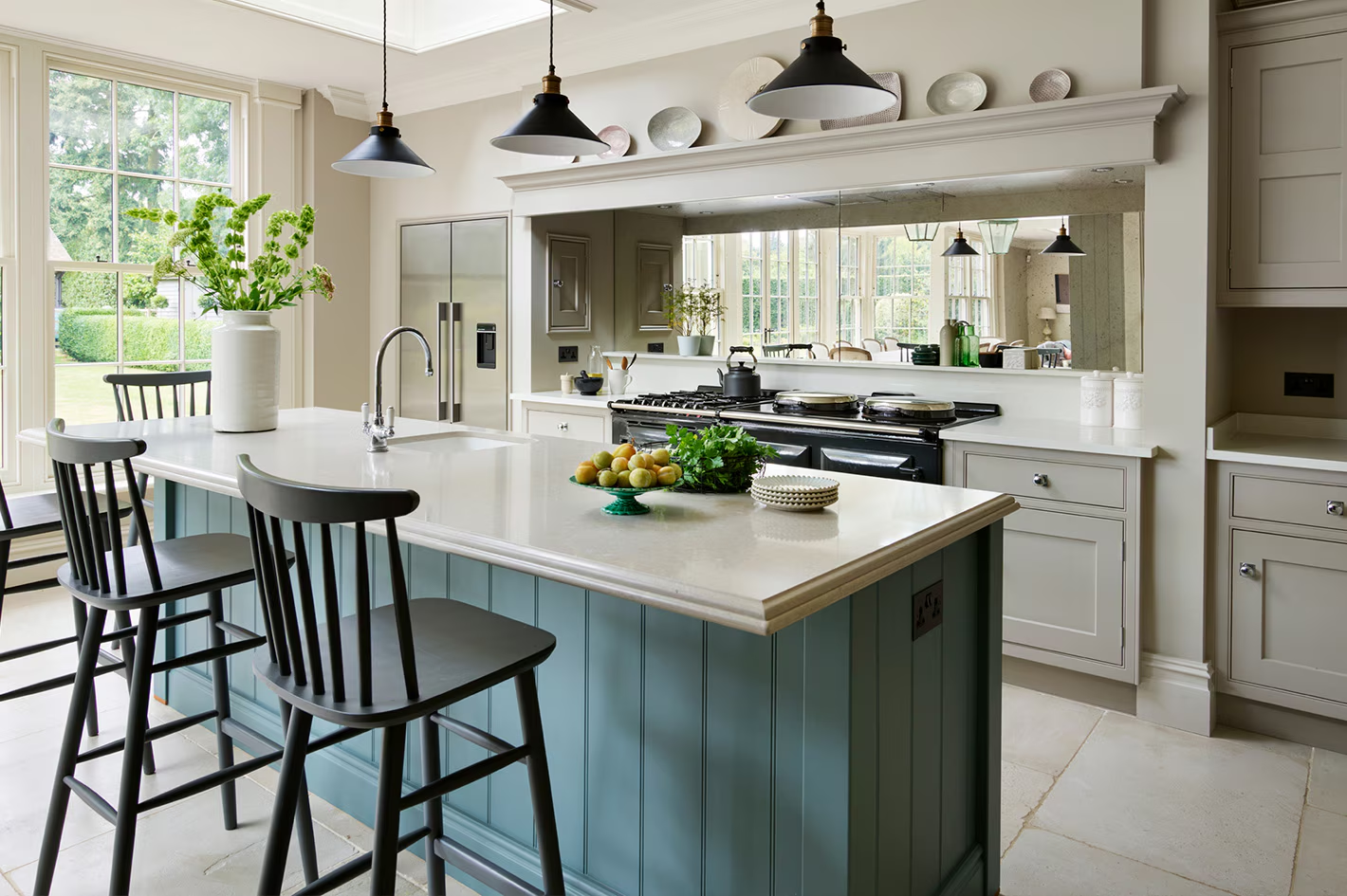
4.3 Creating a Welcoming Atmosphere: The kitchen is more than just a workspace—it’s a gathering place for family and friends to come together, share meals, and create lasting memories. Create a welcoming atmosphere with comfortable seating, ambient lighting, and inviting decor that encourages relaxation, conversation, and connection in this central hub of the home.
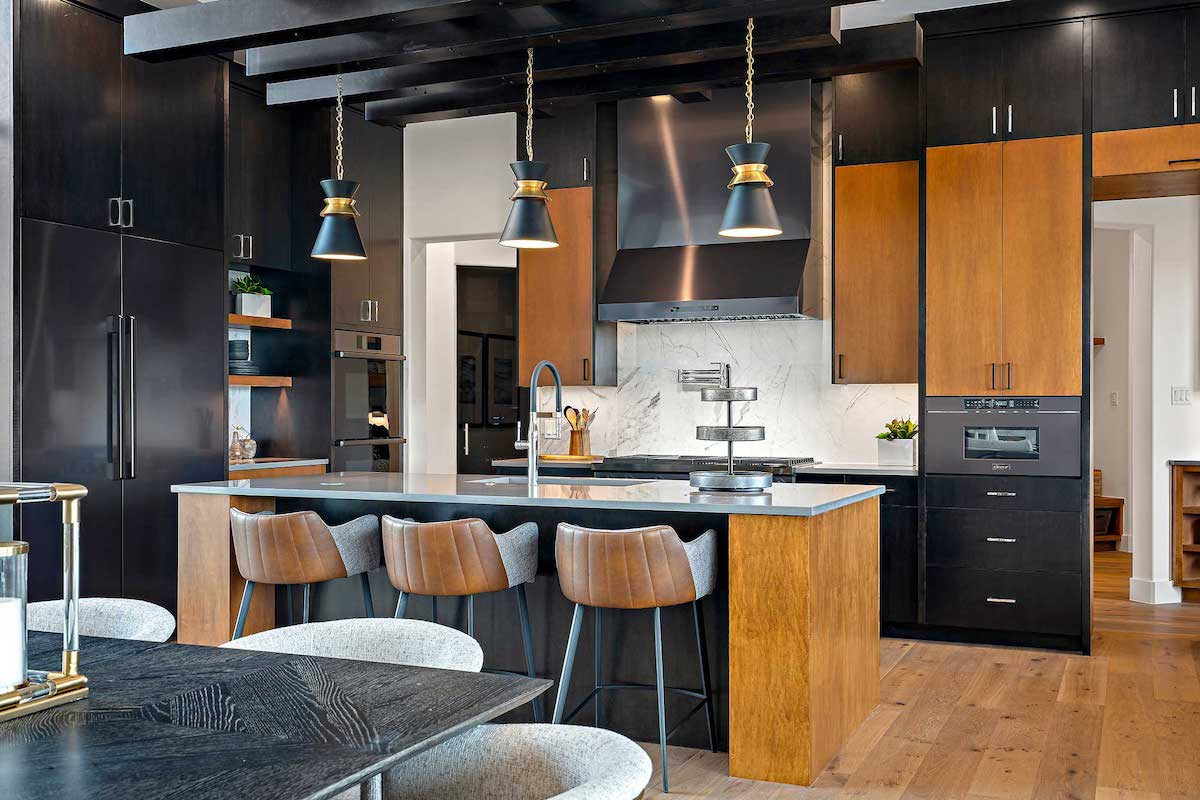
In the art of kitchen design, functionality meets aesthetics to create a space that is both practical and visually captivating. By understanding the principles of layout, embracing inspirational styles, and innovating with modern trends, you can craft a culinary haven that reflects your personality, enhances your lifestyle, and inspires your passion for cooking. Whether you prefer sleek modern minimalism or cozy rustic charm, let your kitchen design be a reflection of your taste, creativity, and love for the culinary arts.

